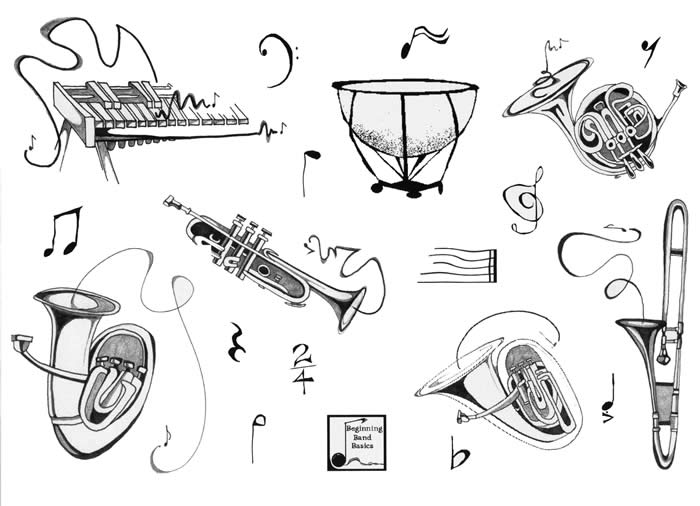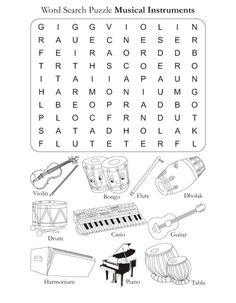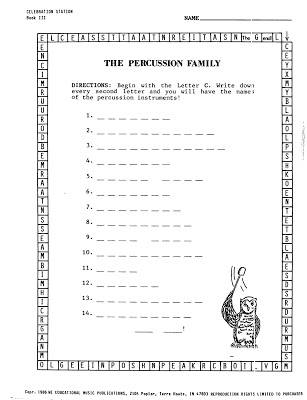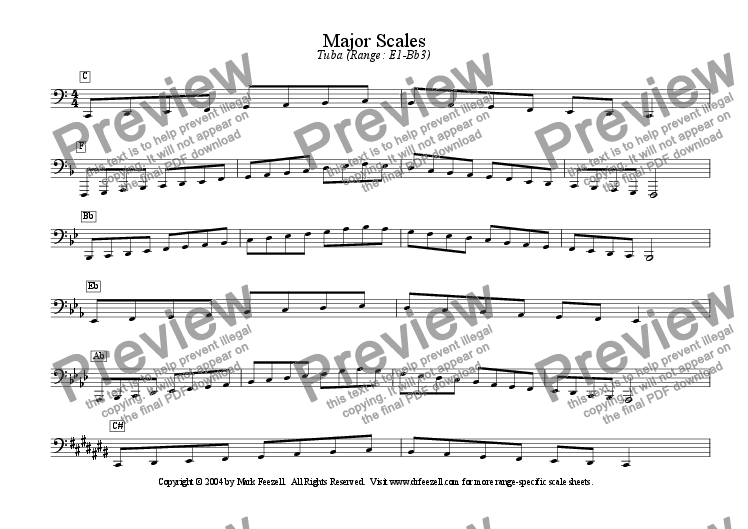Brass Instruments Worksheet
Brass instruments possess a captivating charm that resonates with a wide range of individuals. Whether you are a music teacher wanting to enhance your students' knowledge or a music enthusiast seeking to delve deeper into the world of brass instruments, this brass instruments worksheet is just what you need. Designed to engage and educate, this worksheet aims to enhance your understanding of the entities and subjects that make brass instruments truly remarkable.
Table of Images 👆
More Other Worksheets
Kindergarten Worksheet My RoomSpanish Verb Worksheets
Healthy Eating Plate Printable Worksheet
Cooking Vocabulary Worksheet
My Shadow Worksheet
Large Printable Blank Pyramid Worksheet
Relationship Circles Worksheet
DNA Code Worksheet
Meiosis Worksheet Answer Key
Rosa Parks Worksheet Grade 1
What are the main components of a brass instrument?
The main components of a brass instrument include the mouthpiece, leadpipe, valves or slide mechanism (depending on the type of brass instrument), tuning slide, bell, and often a water key for draining condensation. These components work together to produce sound by vibrating the column of air inside the instrument when air is blown through the mouthpiece.
What is the purpose of the mouthpiece in brass instruments?
The purpose of the mouthpiece in brass instruments is to provide a seal between the player's lips and the instrument, allowing the vibrations from the player's lips to resonate and create sound waves within the instrument. It helps control the airflow and shape the sound produced, as well as affecting the tone, articulation, and overall playability of the instrument.
How is sound produced in a brass instrument?
Sound is produced in a brass instrument through the vibration of the player's lips against the mouthpiece. When the player blows air through the mouthpiece and creates pressure, the lips vibrate and create sound waves that resonate inside the instrument's tubing. By changing the tension in their lips and the amount of air blown into the instrument, the player can control the pitch and volume of the sound produced.
What are some examples of common brass instruments?
Some examples of common brass instruments include the trumpet, trombone, French horn, and tuba. These instruments are played by buzzing the lips into a mouthpiece to create vibrations that are amplified through the instrument's metal tubing, creating a unique and bold sound characteristic of brass instruments.
What is the role of valves or slides in brass instruments?
Valves or slides in brass instruments are essential for changing the length of tubing, which alters the pitch of the instrument. Valves are used in instruments like trumpets and tubas to redirect air through different lengths of tubing, allowing the player to produce different notes. Slides, found in instruments like trombones, extend or shorten the length of tubing, affecting the instrument's pitch control. Overall, valves and slides play a crucial role in enabling brass instrument players to create a wide range of musical notes and melodies.
How does a player change the pitch of a brass instrument?
A player changes the pitch of a brass instrument by adjusting the tension and positioning of their embouchure, which is the way the lips, facial muscles, and jaw are shaped and controlled while playing. Additionally, the player can alter the pitch by pressing down or releasing valves or slides on the instrument, which changes the length of the tubing and affects the overall pitch produced.
What are some unique playing techniques used in brass instruments?
Some unique playing techniques used in brass instruments include flutter tonguing (rapidly rolling the tongue to create a buzzing effect), growling (simultaneously singing or humming while playing to create a gritty sound), double tonguing (alternating between two different tonguing techniques for faster articulation), and circular breathing (maintaining a continuous stream of air by breathing in through the nose while blowing out through the mouth).
How does a brass instrument create different tones or timbres?
A brass instrument creates different tones or timbres by manipulating variables such as air pressure, embouchure (mouth position), valve and slide positions, and use of mute. By adjusting these factors, the musician can produce a wide range of tones and timbres, allowing for expressive and dynamic playing on the instrument.
What is the importance of proper breath control in playing a brass instrument?
Proper breath control is essential in playing a brass instrument as it directly affects tone production, intonation, and overall musical expression. By controlling the amount and speed of air flow, a musician can create a consistent and stable sound, maintain pitch accuracy, and execute dynamic variations. Additionally, effective breath control allows a player to sustain long phrases, navigate technical passages, and convey emotions through their music. Ultimately, mastering breath control is vital for achieving a high level of skill and artistry in playing a brass instrument.
How do brass instruments differ from other types of instruments?
Brass instruments produce sound through the vibration of the player's lips against a mouthpiece, using the instrument's characteristic metal tubing to amplify and shape the sound. Unlike woodwind or string instruments that rely on reeds or strings to produce sound, brass instruments require the player to create the vibrations themselves. Additionally, brass instruments are often known for their powerful and bold sound, making them stand out in various musical ensembles.
Have something to share?
Who is Worksheeto?
At Worksheeto, we are committed to delivering an extensive and varied portfolio of superior quality worksheets, designed to address the educational demands of students, educators, and parents.
























Comments